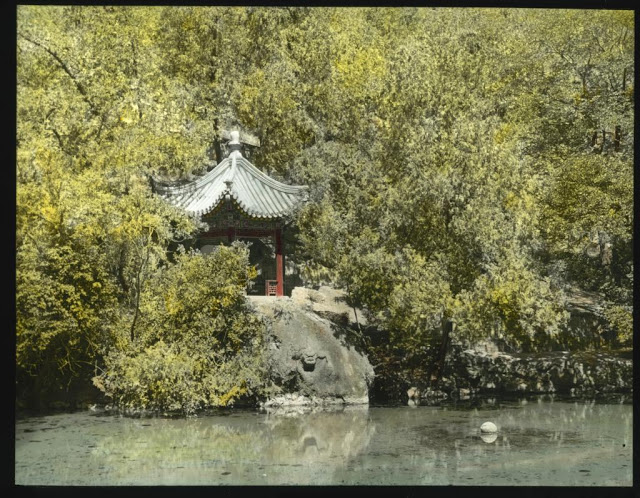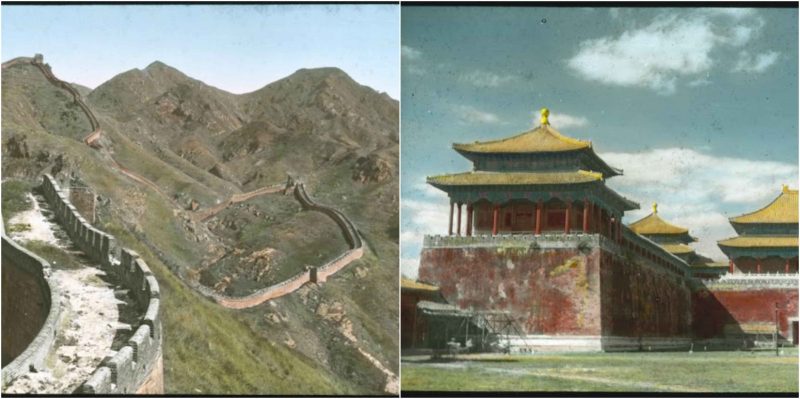
Nowadays, there are like gazillion photos of China, but this photo collection shows a bit of a different China; China in the post-imperial, but a pre-Communist era, China untouched by the Cultural Revolution!
This collection of photos shows the sheer beauty of old China, taken by the Russian photographer Serge Vargassoff. Serge Vargassoff spent time in China from the 1920’s to the 1930’s and was able to capture some beautiful sceneries of parks, stone pillars, temples, and the everyday lives of the people living there.
Check them out:
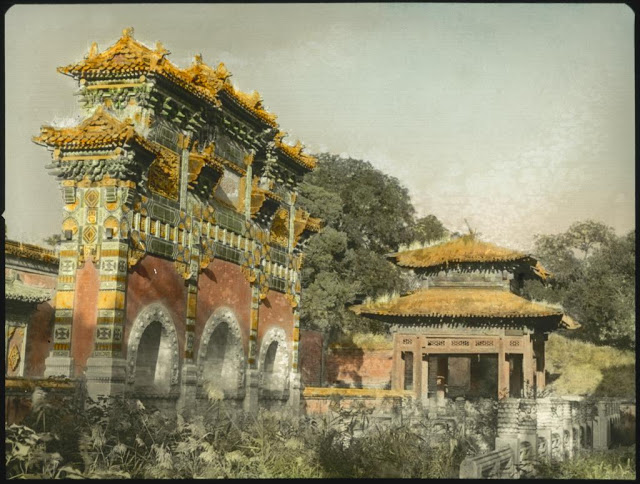
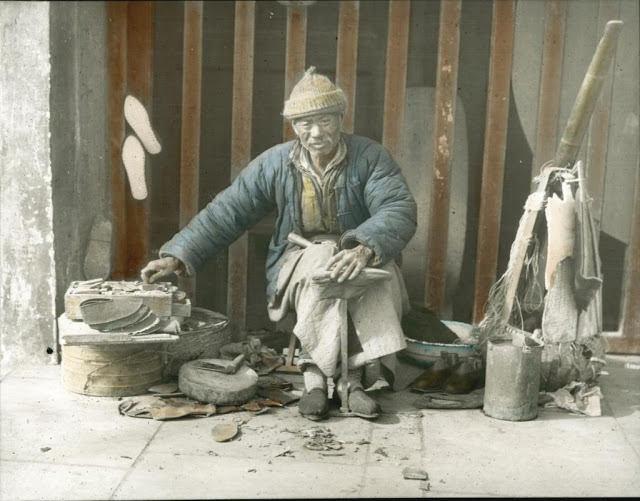
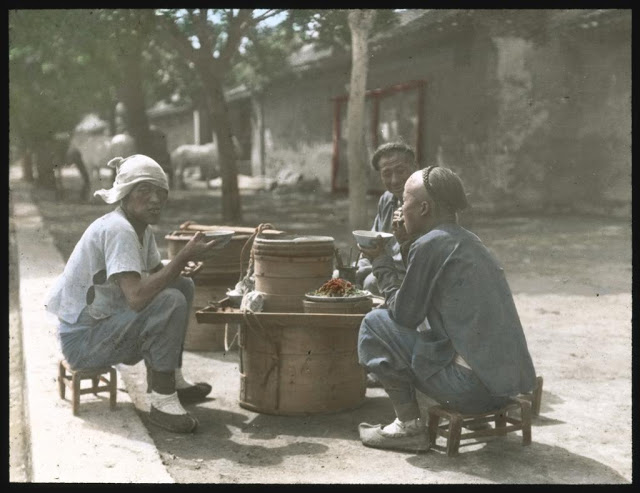
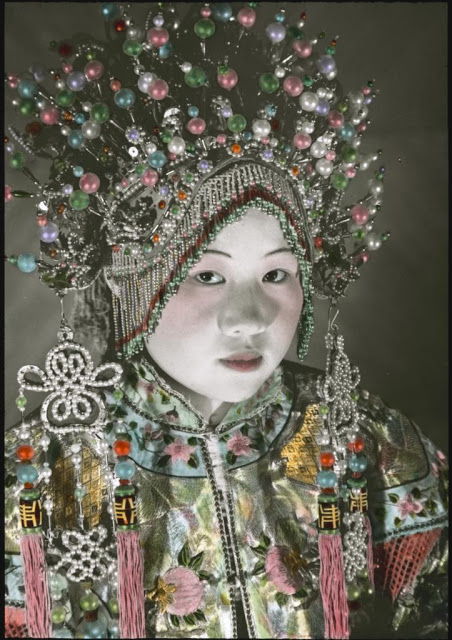
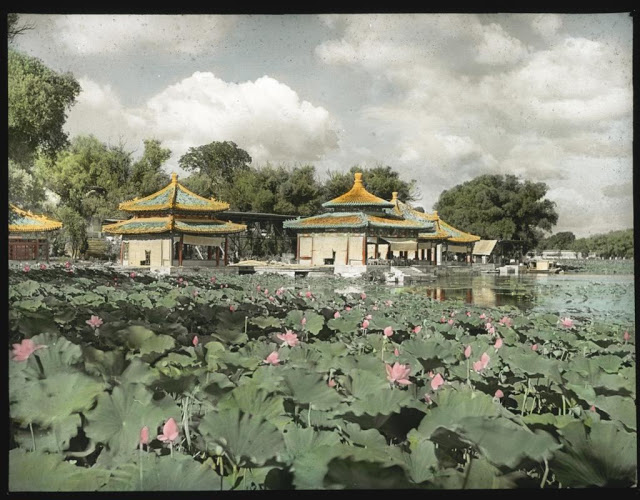
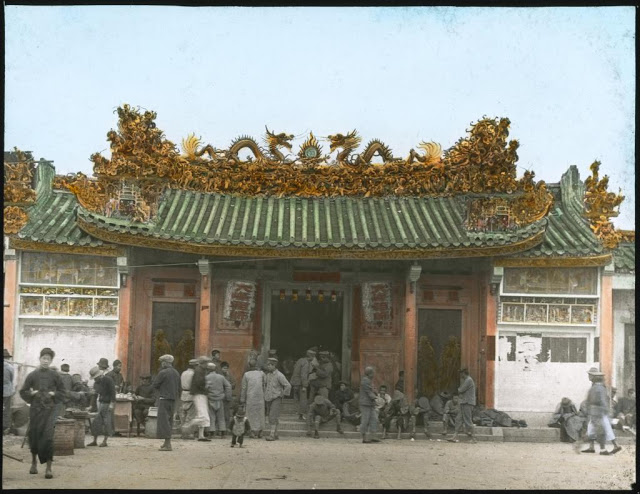
On 1 January 1912, the Republic of China was established, and Sun Yat-sen of the Kuomintang (the KMT or Nationalist Party) was proclaimed provisional president.However, the presidency was later given to Yuan Shikai, a former Qing general who in 1915 proclaimed himself Emperor of China. In the face of popular condemnation and opposition from his own Beiyang Army, he was forced to abdicate and reestablish the republic.
After Yuan Shikai’s death in 1916, China was politically fragmented. Its Beijing-based government was internationally recognized but virtually powerless; regional warlords controlled most of its territory. In the late 1920s, the Kuomintang, under Chiang Kai-shek, the then Principal of the Republic of China Military Academy, was able to reunify the country under its own control with a series of deft military and political manoeuvrings, known collectively as the Northern Expedition. The Kuomintang moved the nation’s capital to Nanjing and implemented “political tutelage”, an intermediate stage of political development outlined in Sun Yat-sen’s San-min program for transforming China into a modern democratic state. The political division in China made it difficult for Chiang to battle the Communists, against whom the Kuomintang had been warring since 1927 in the Chinese Civil War. This war continued successfully for the Kuomintang, especially after the Communists retreated in the Long March, until Japanese aggression and the 1936 Xi’an Incident forced Chiang to confront Imperial Japan.
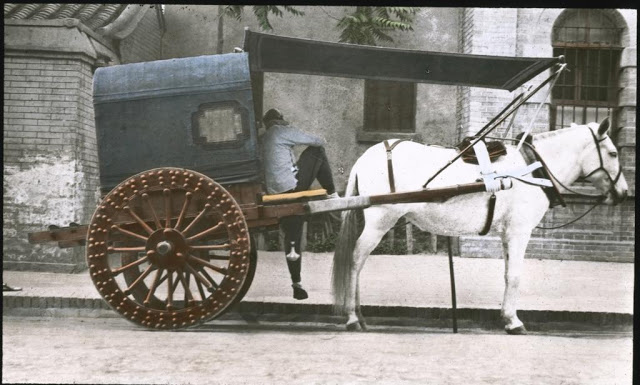
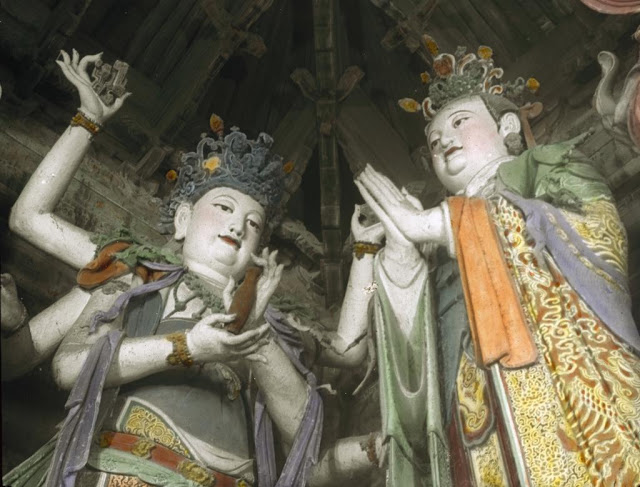
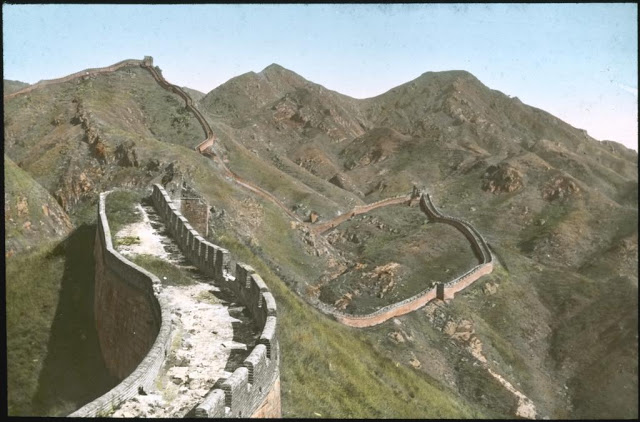
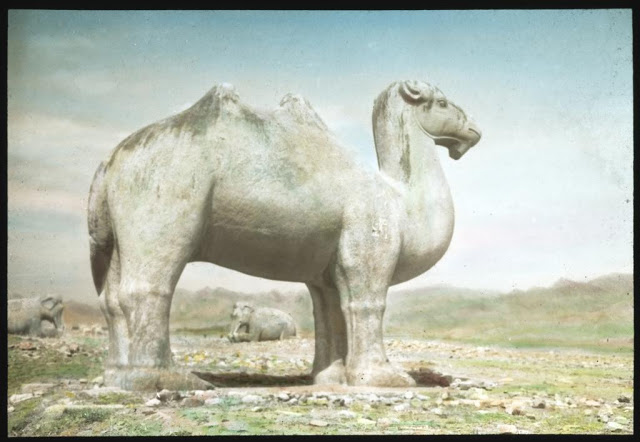
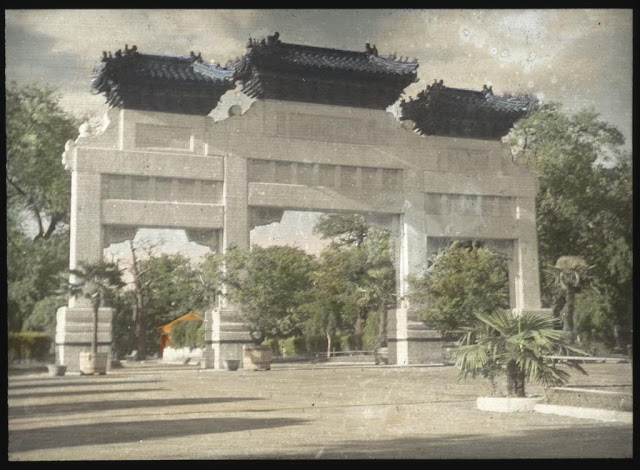
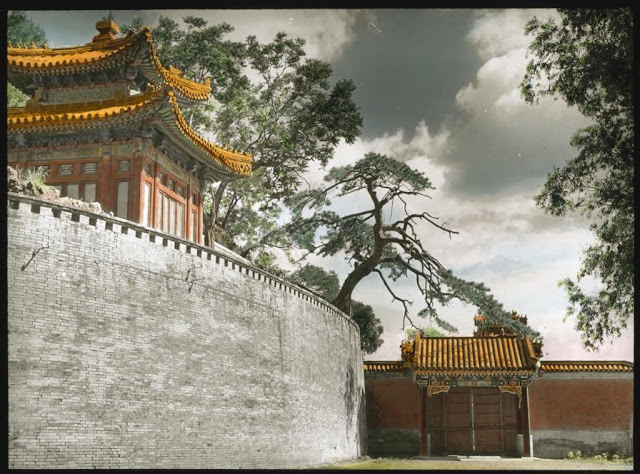
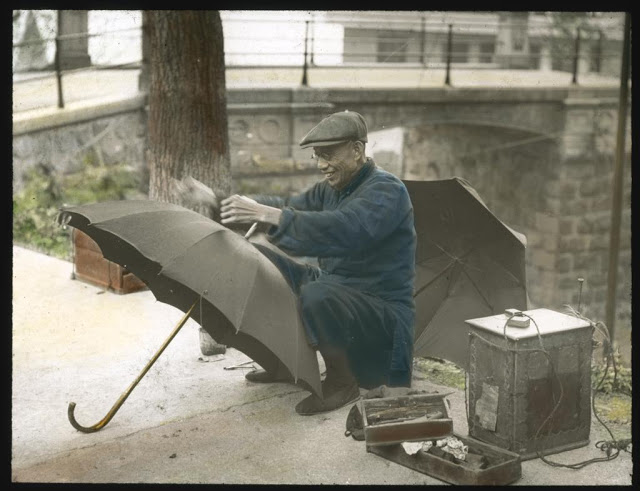
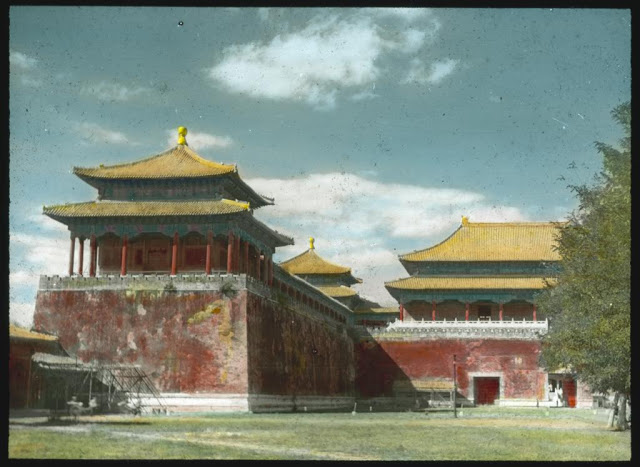
The Second Sino-Japanese War (1937–1945), a theatre of World War II, forced an uneasy alliance between the Kuomintang and the Communists. Japanese forces committed numerous war atrocitiesagainst the civilian population; in all, as many as 20 million Chinese civilians died.An estimated 200,000 Chinese were massacred in the city of Nanjing alone during the Japanese occupation. During the war, China, along with the UK, the US and the Soviet Union, were referred to as “trusteeship of the powerful” and were recognized as the Allied “Big Four” in the Declaration by United Nations.Along with the other three great powers, China was one of the four major Allies of World War II, and was later considered one of the primary victors in the war.After the surrender of Japan in 1945, Taiwan, including the Pescadores, was returned to Chinese control. China emerged victorious but war-ravaged and financially drained. The continued distrust between the Kuomintang and the Communists led to the resumption of civil war. In 1947, constitutional rule was established, but because of the ongoing unrest, many provisions of the ROC constitution were never implemented in mainland China.
all photos by Serge Vargassoff.
